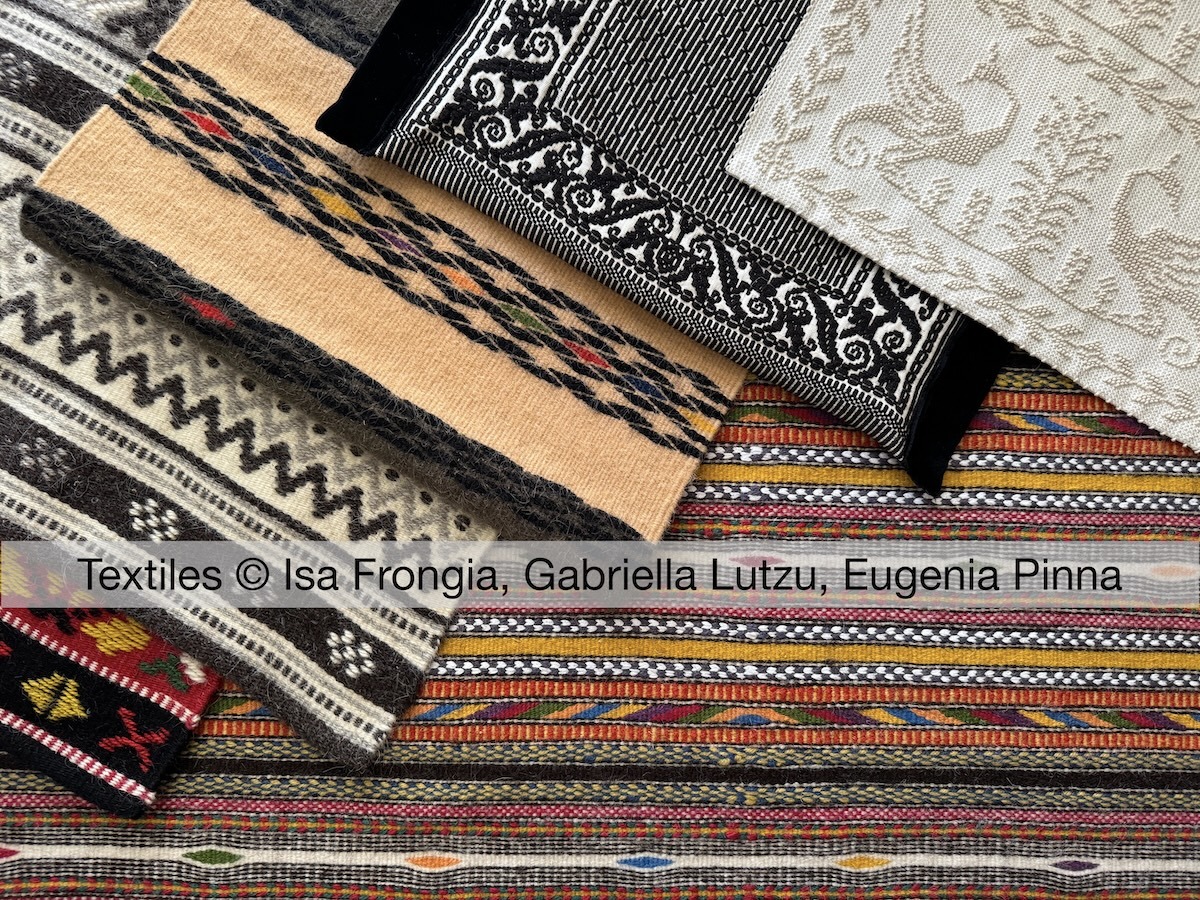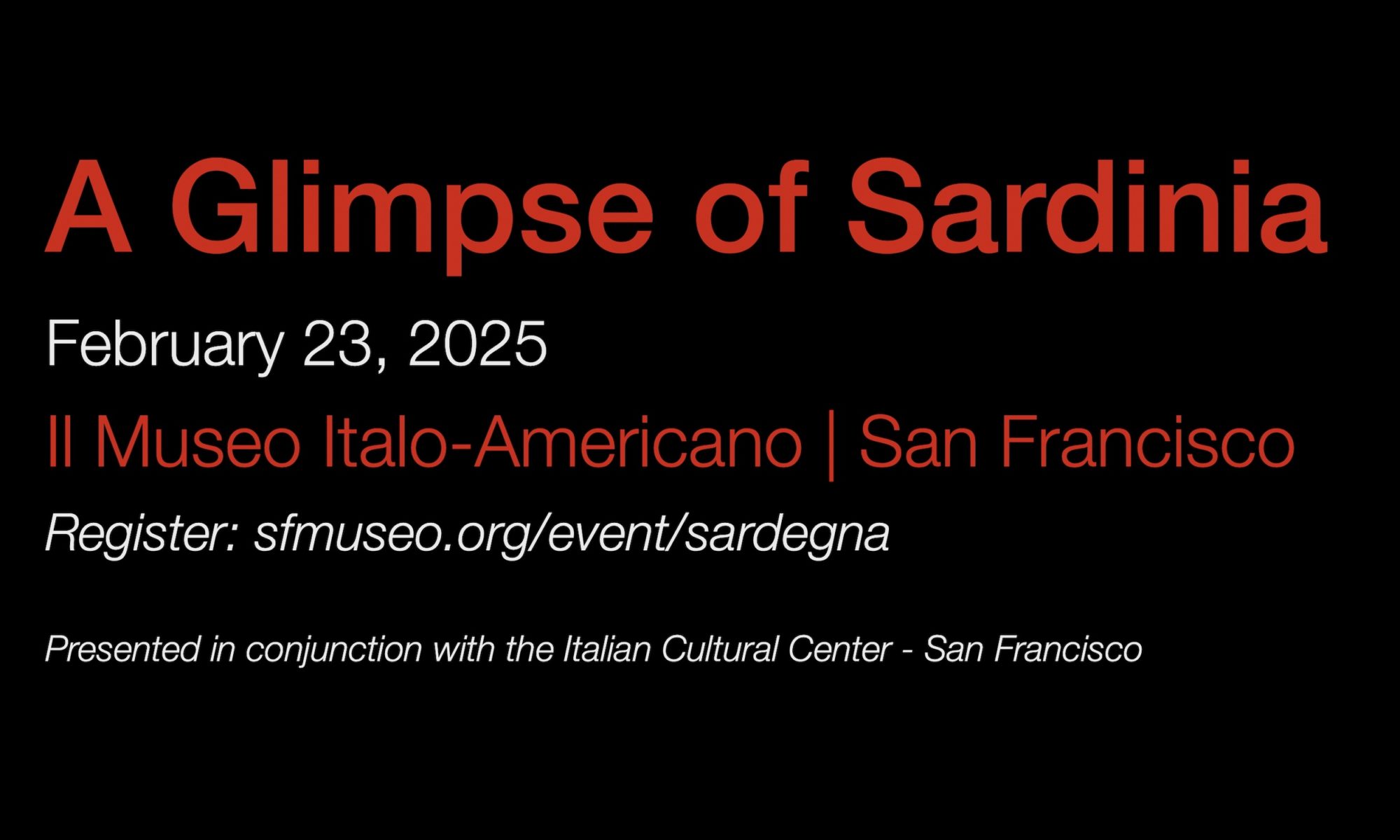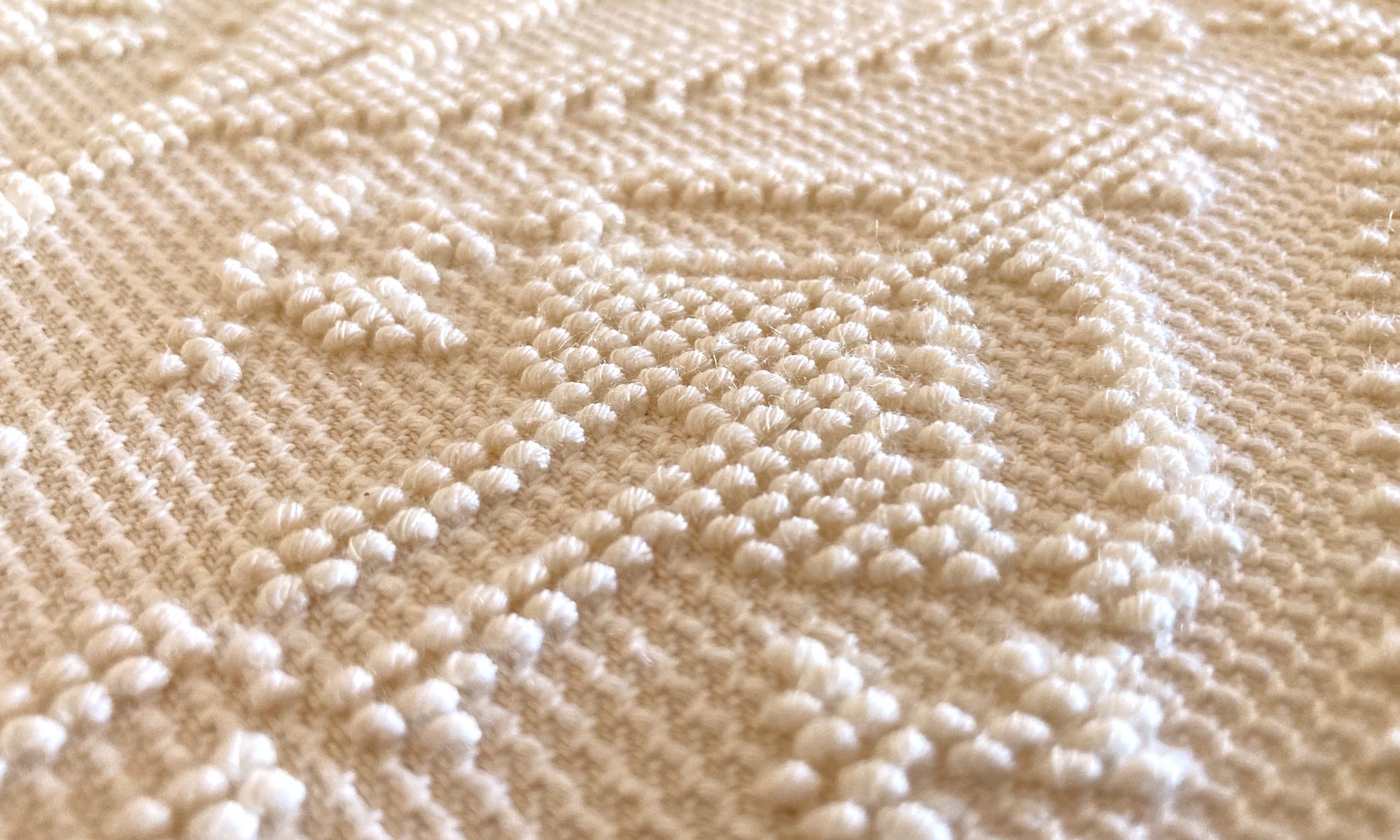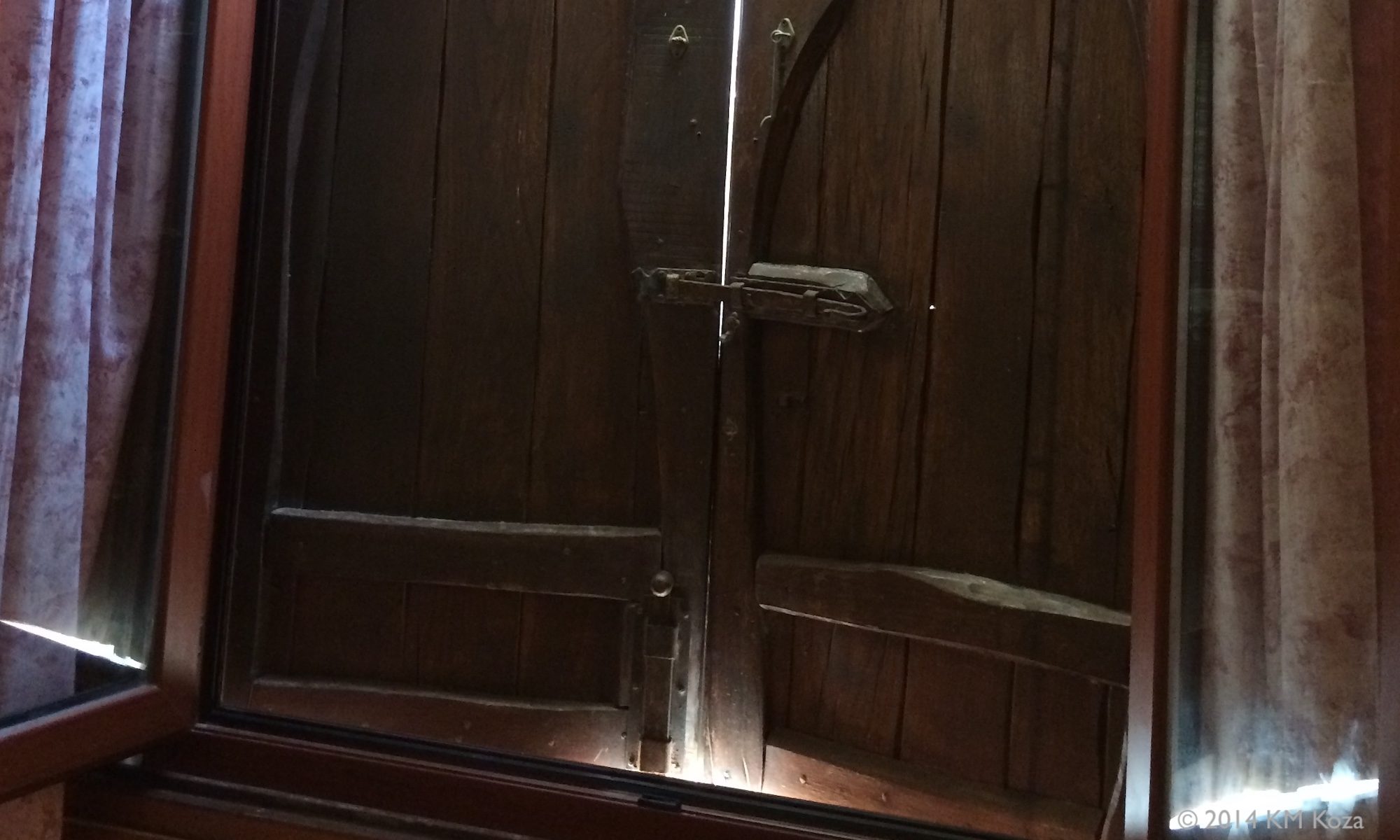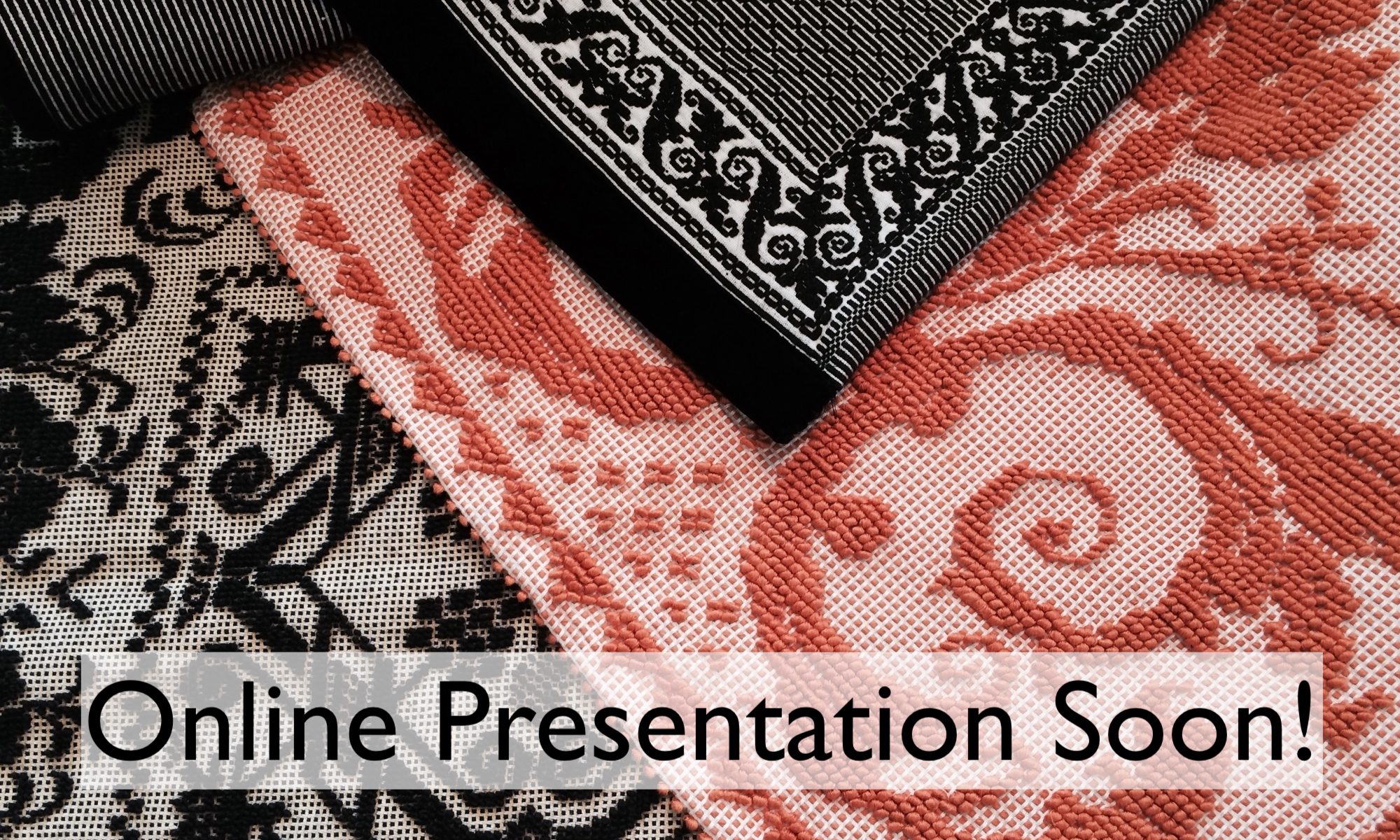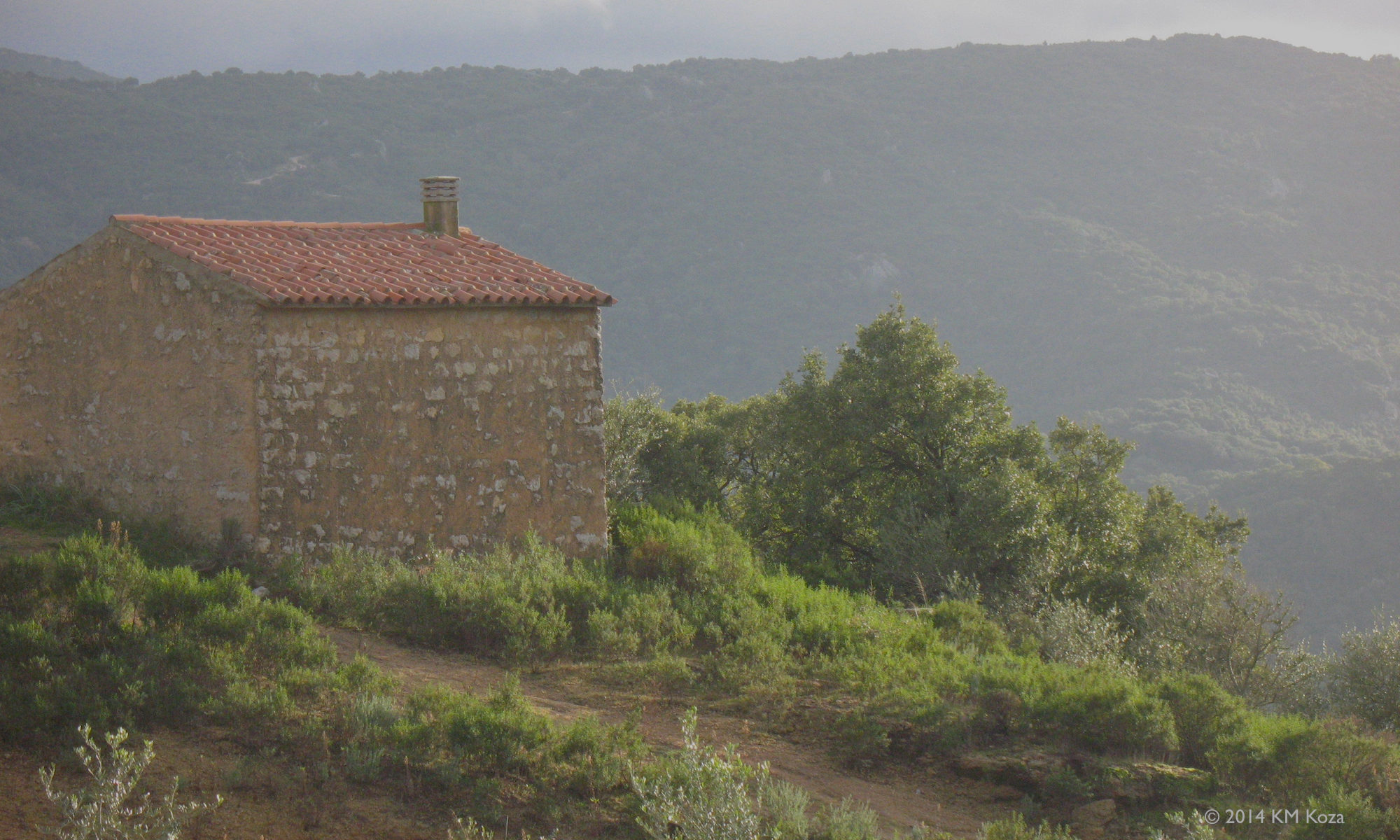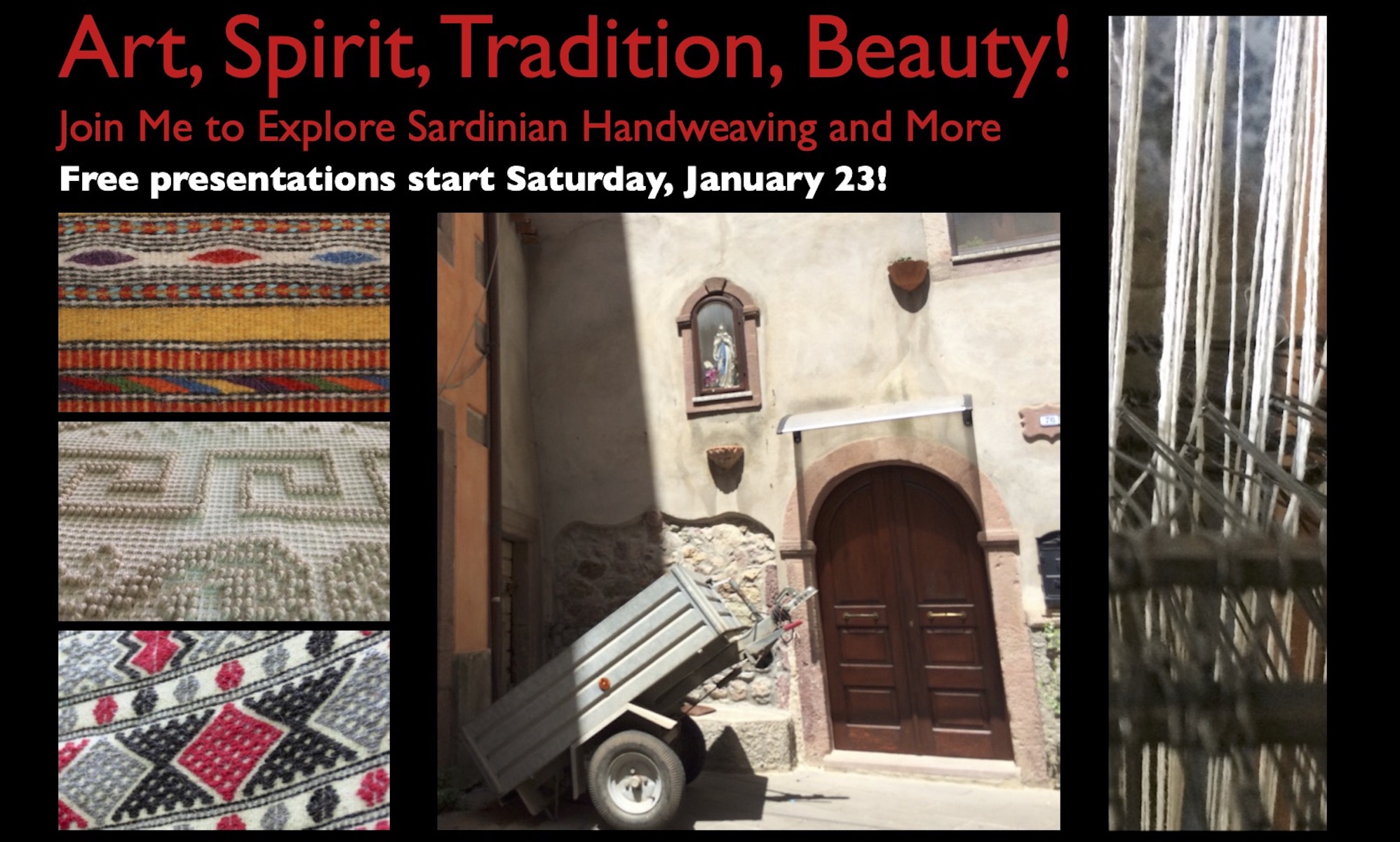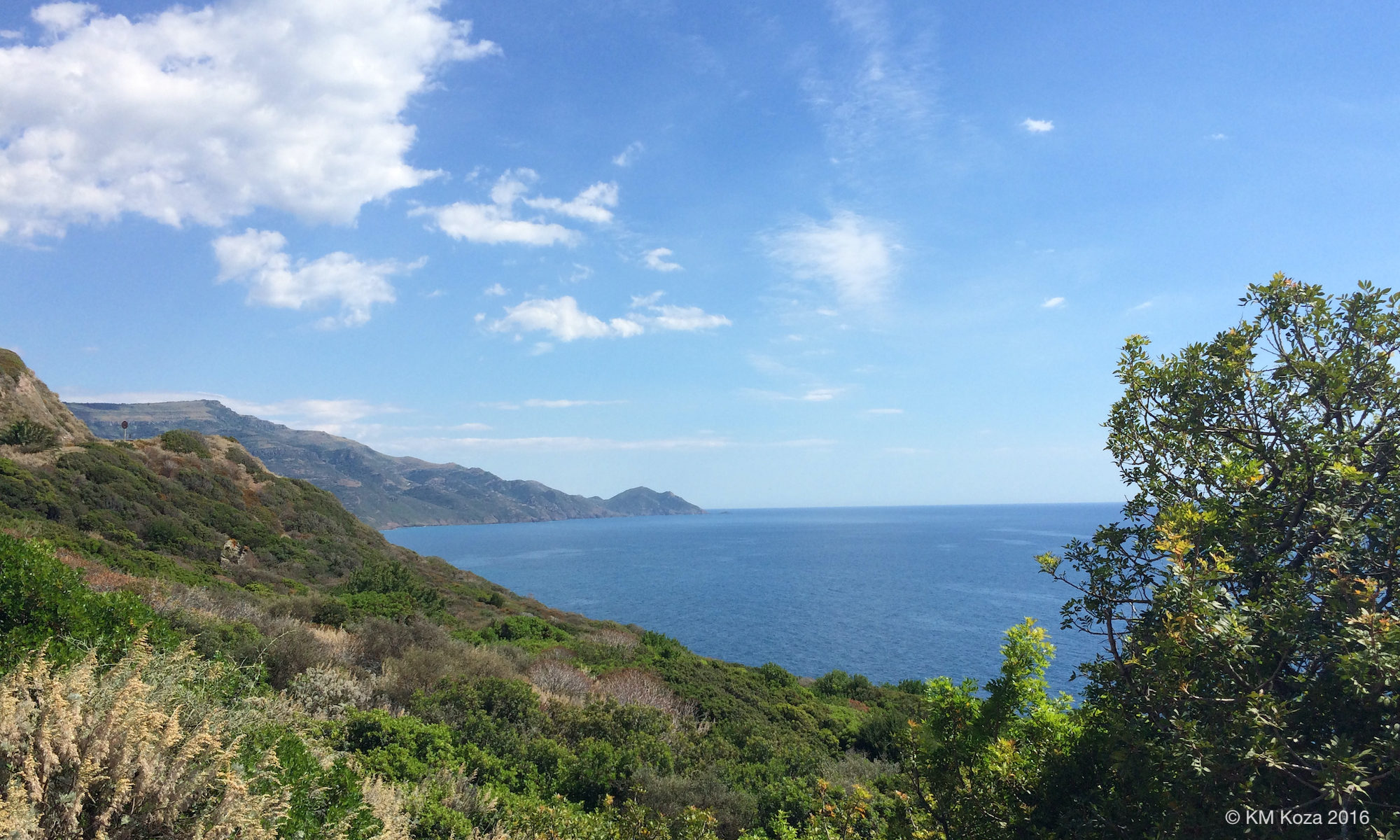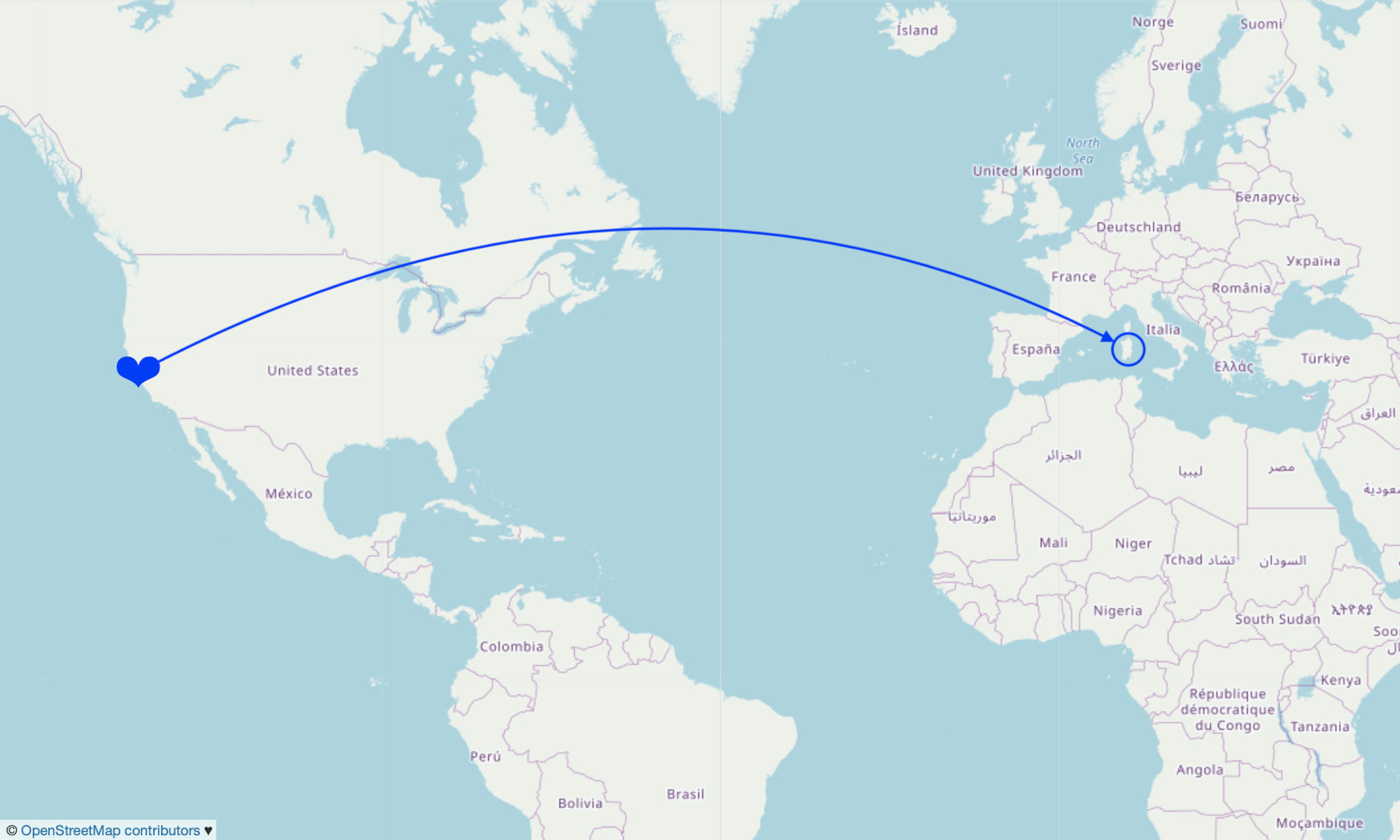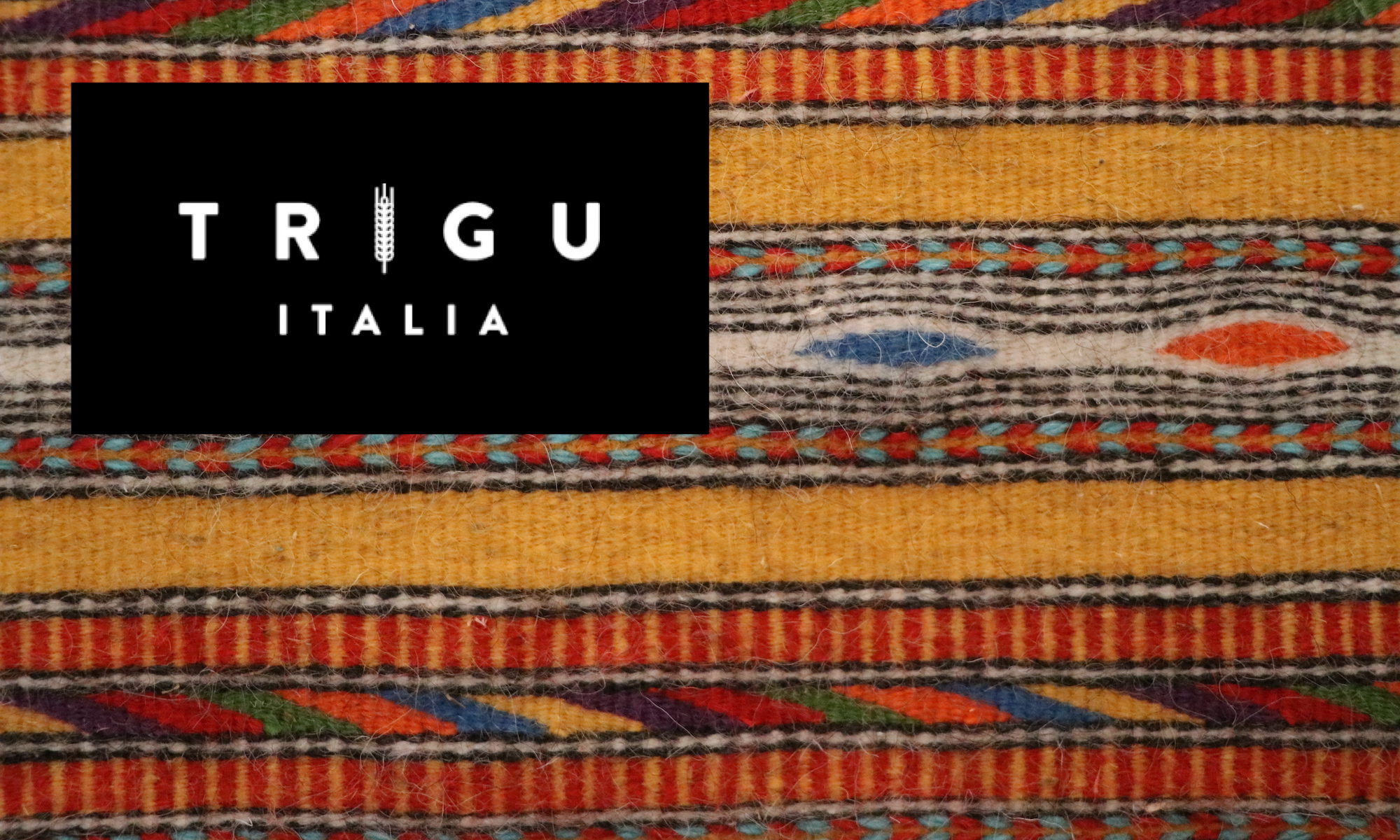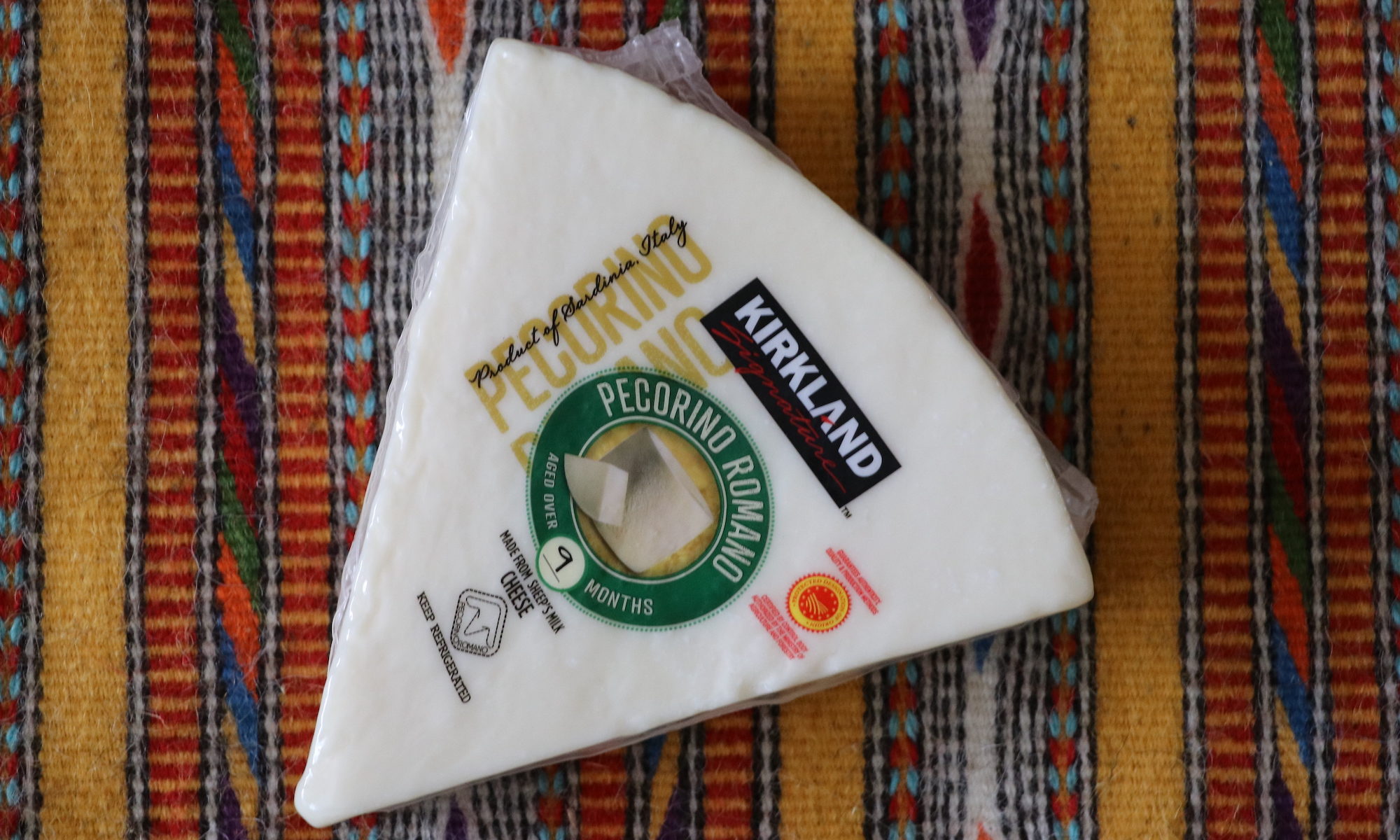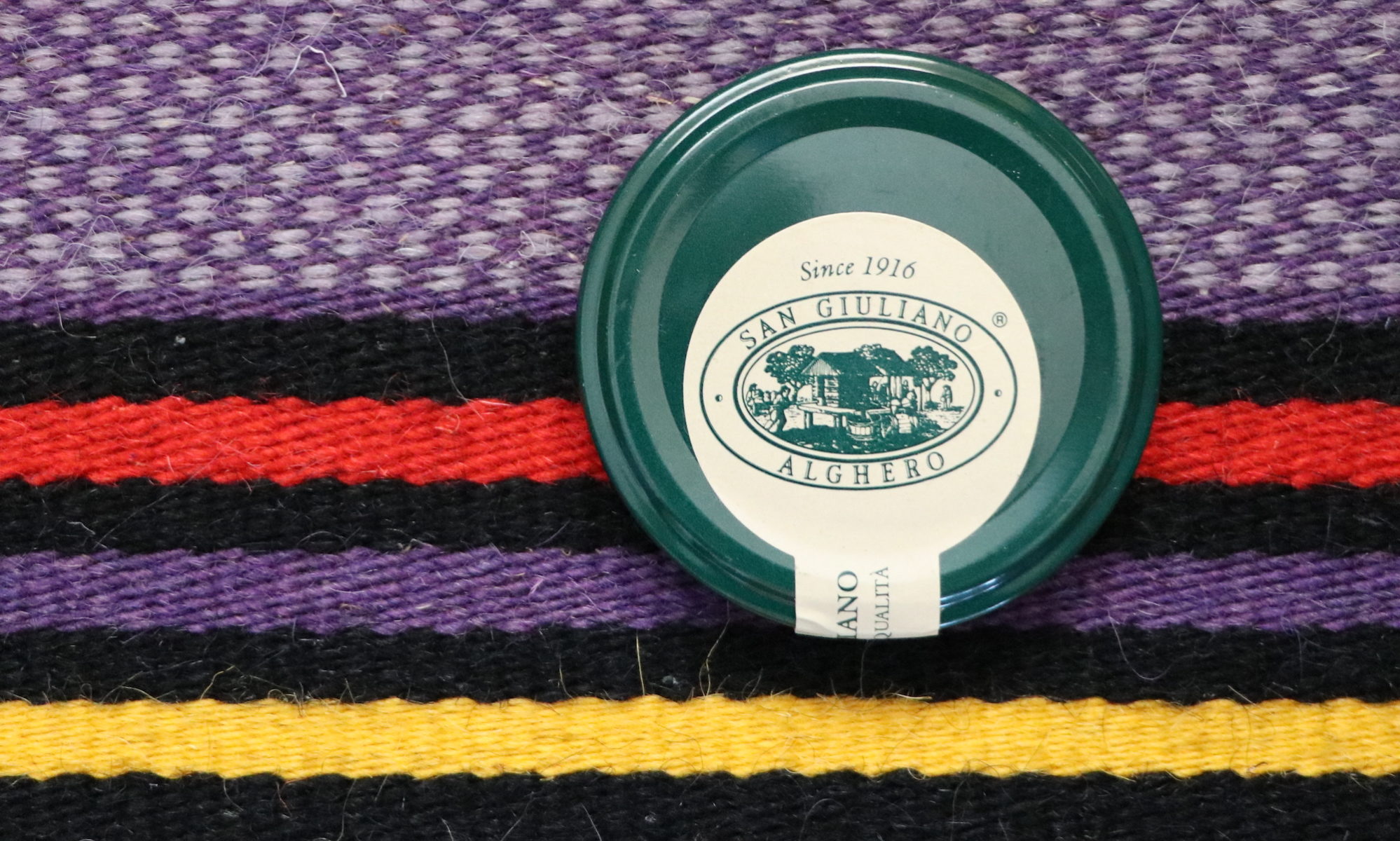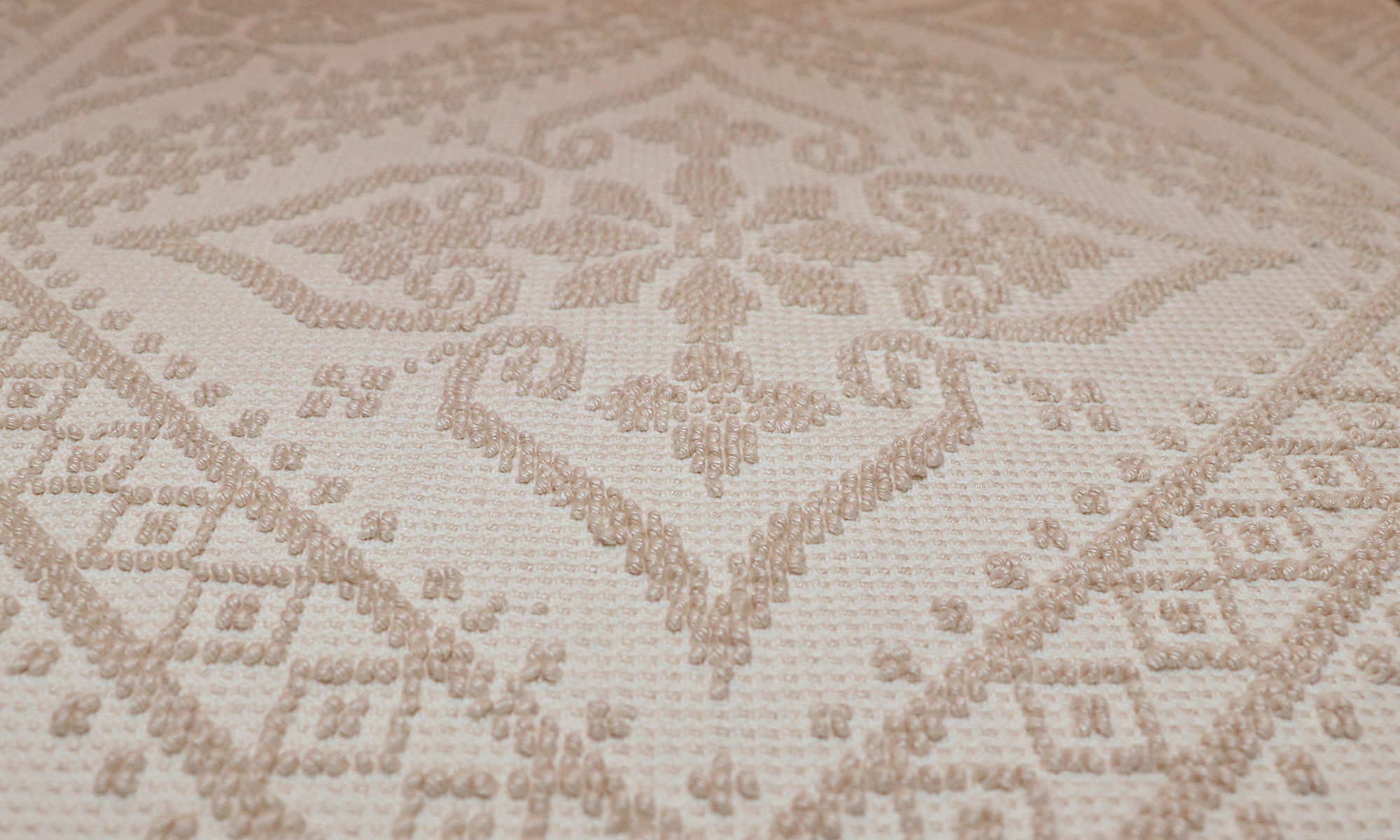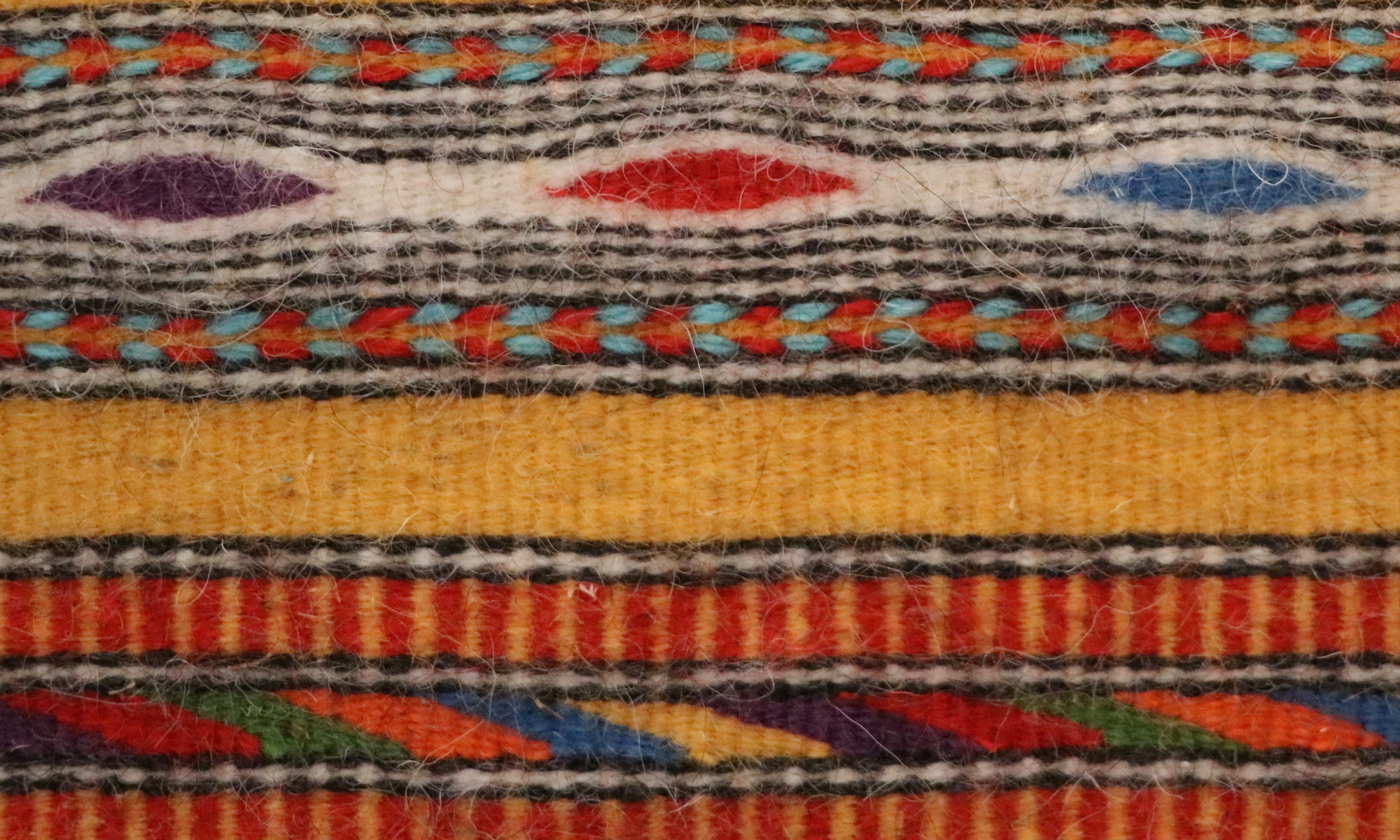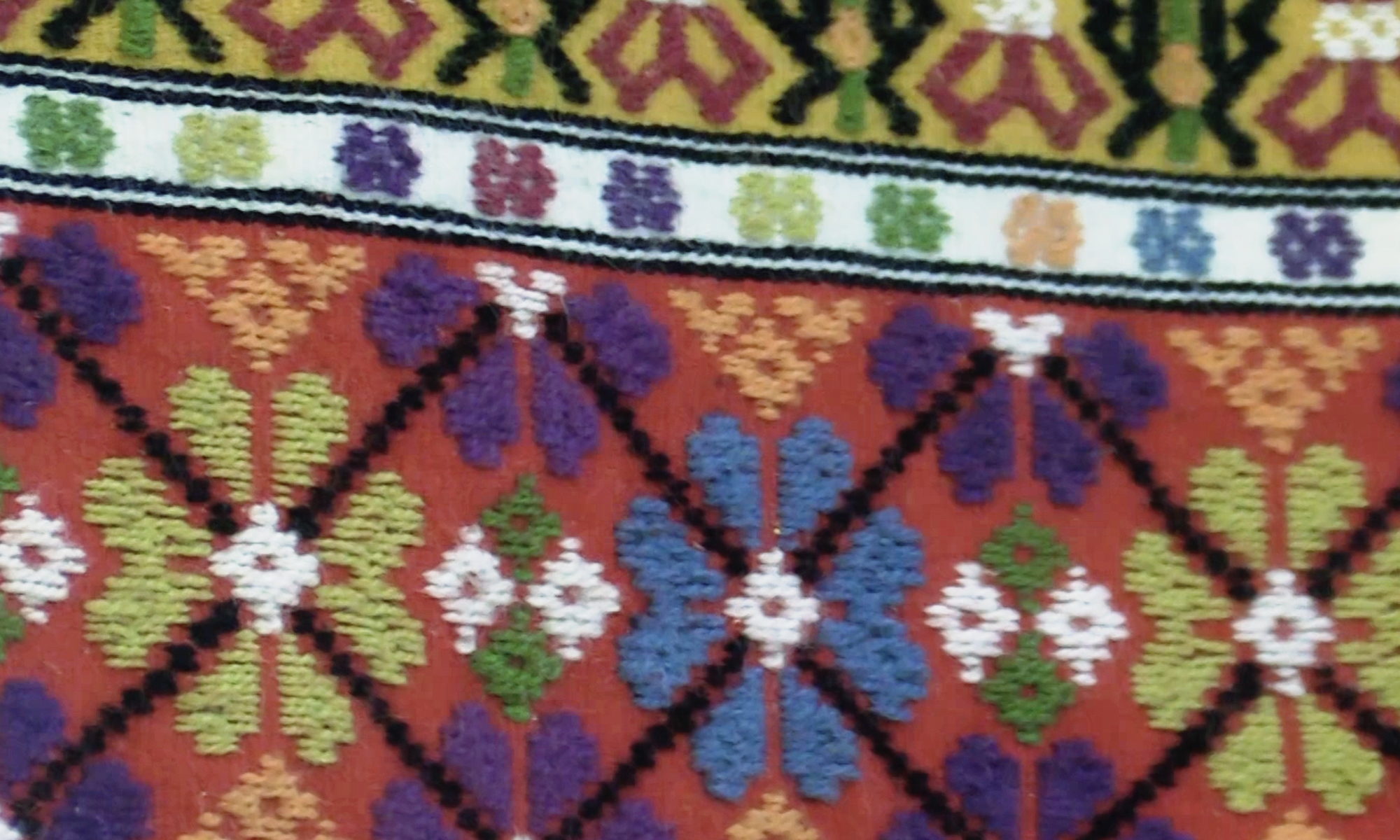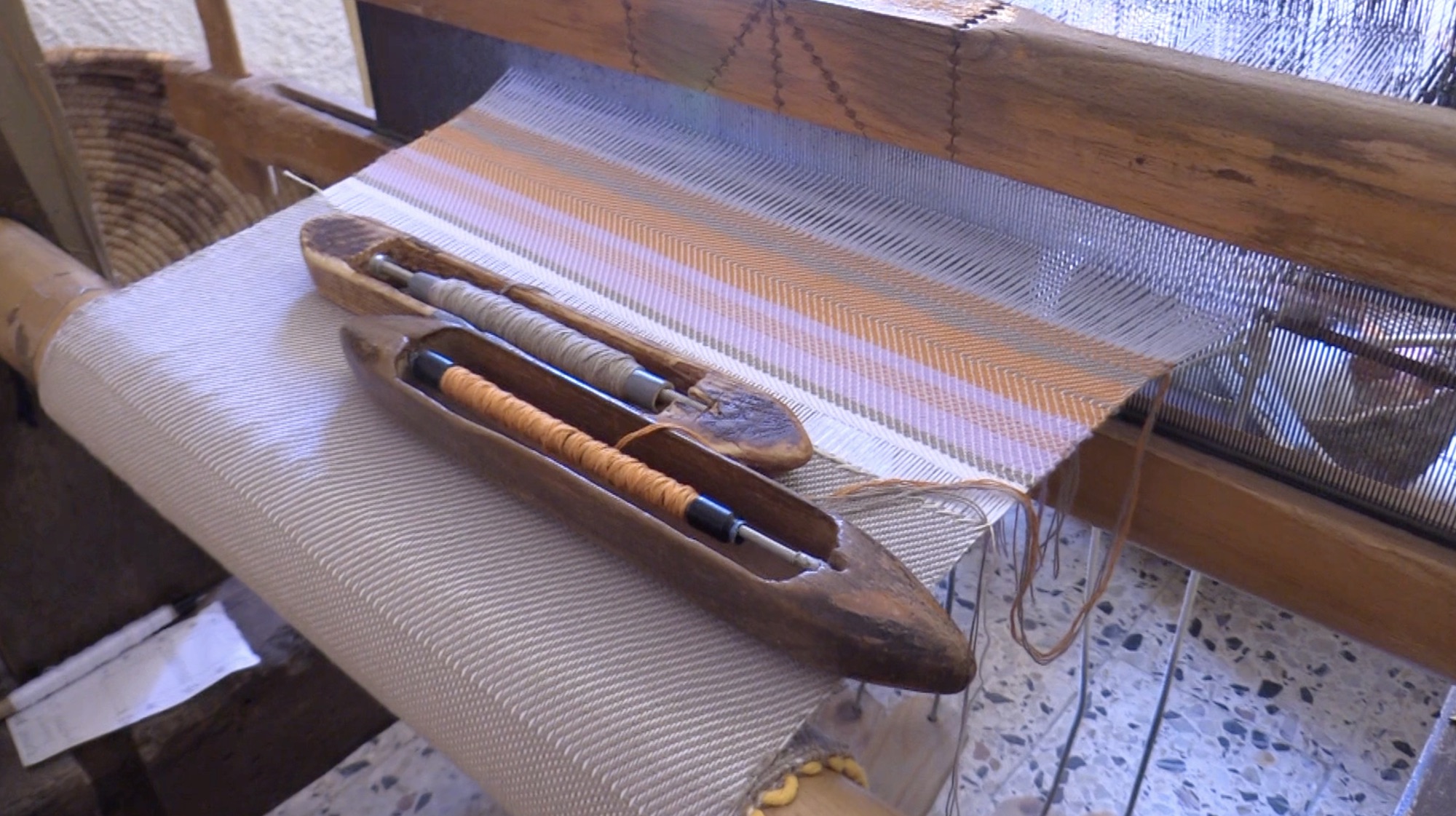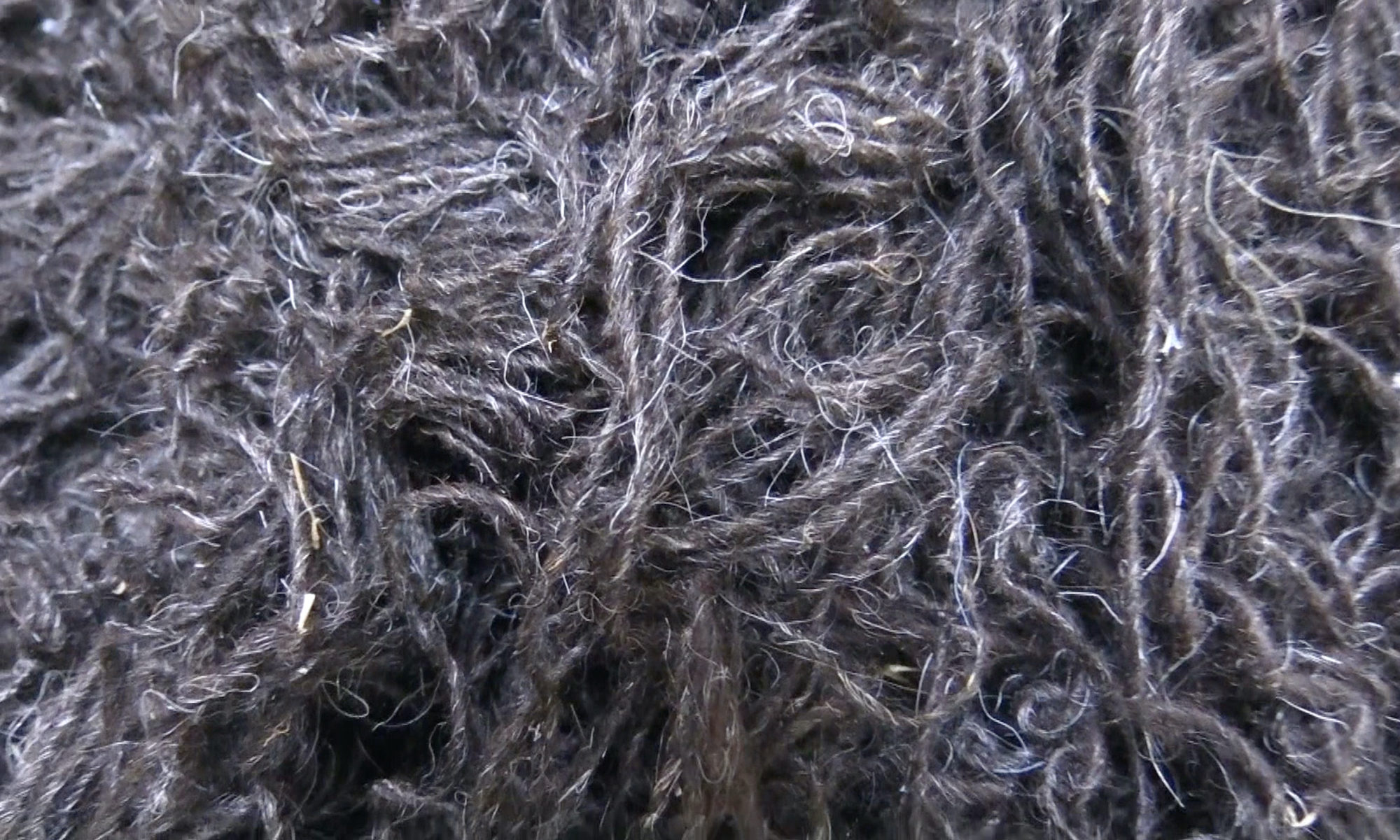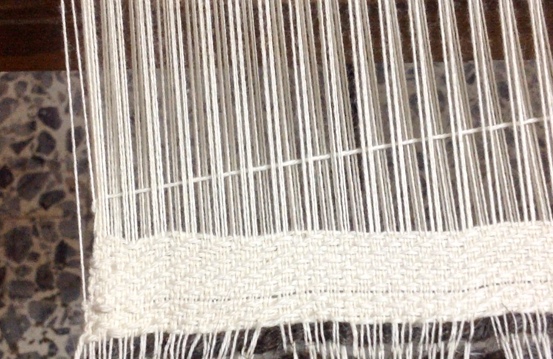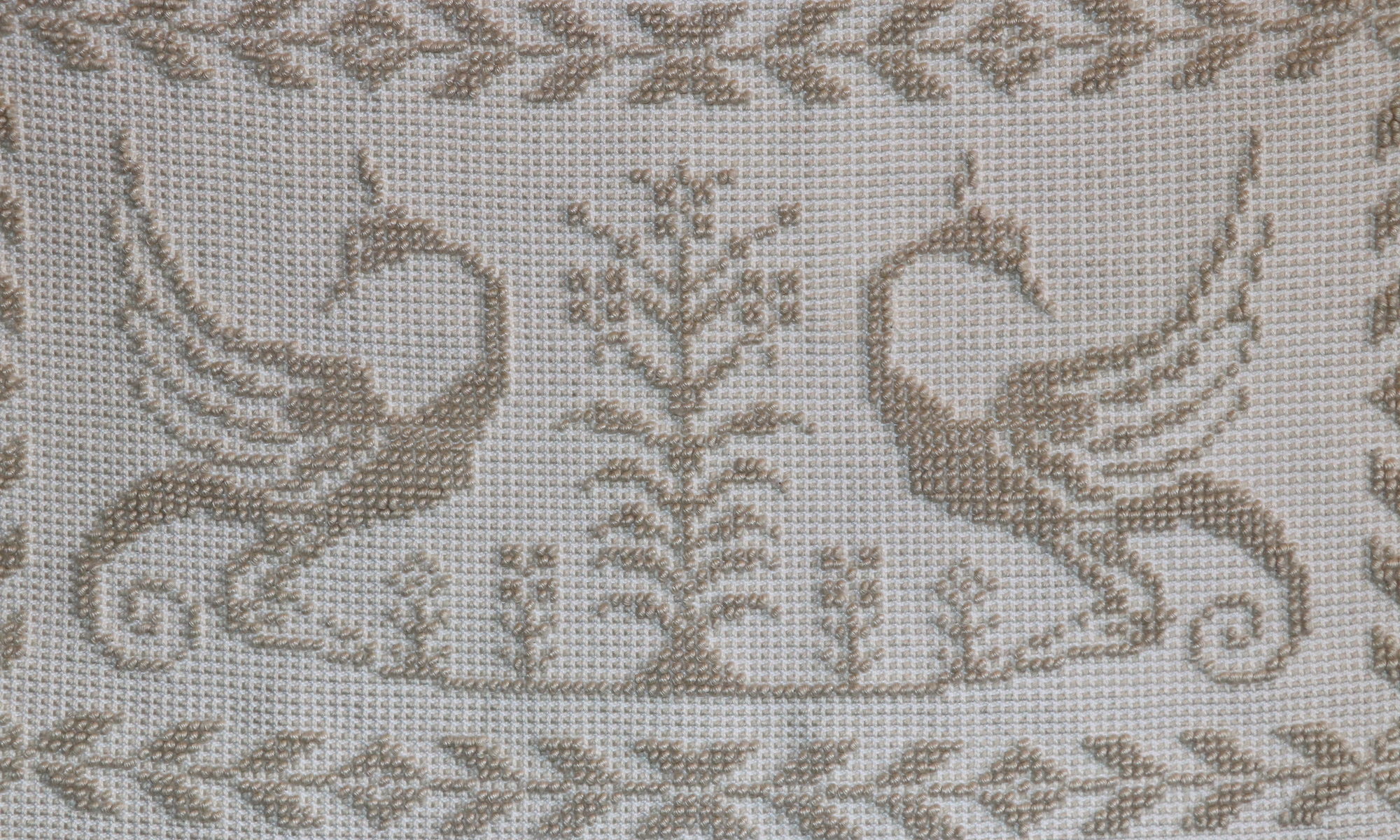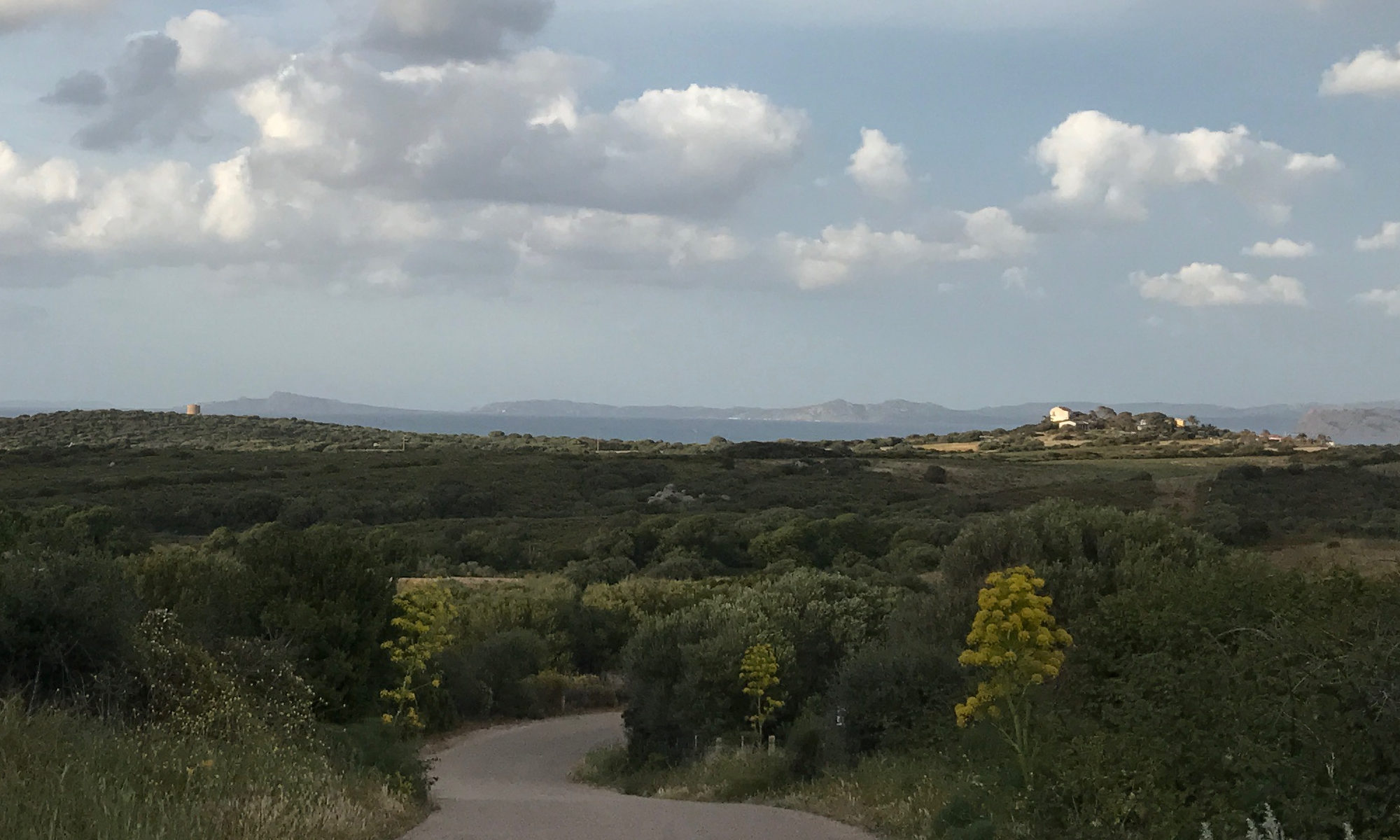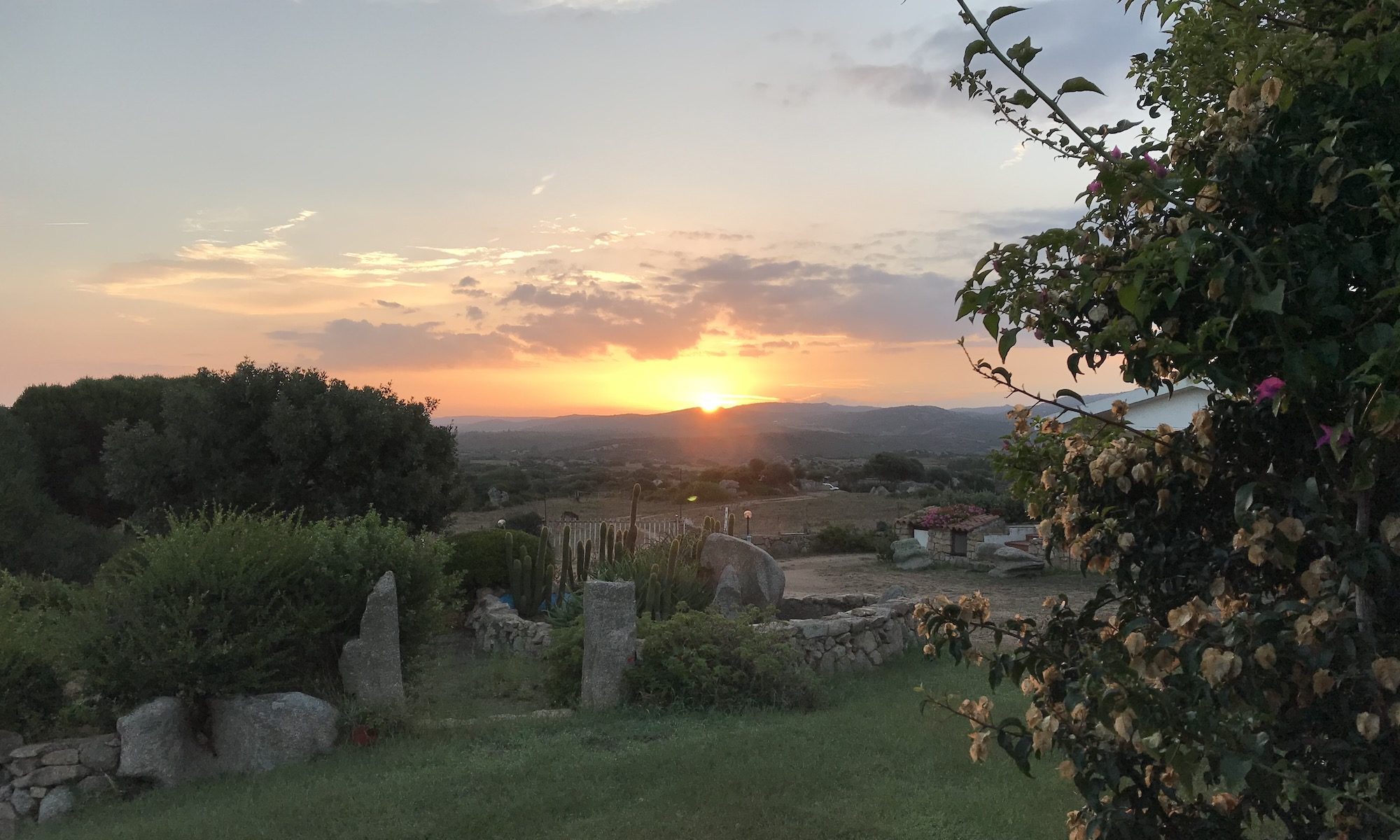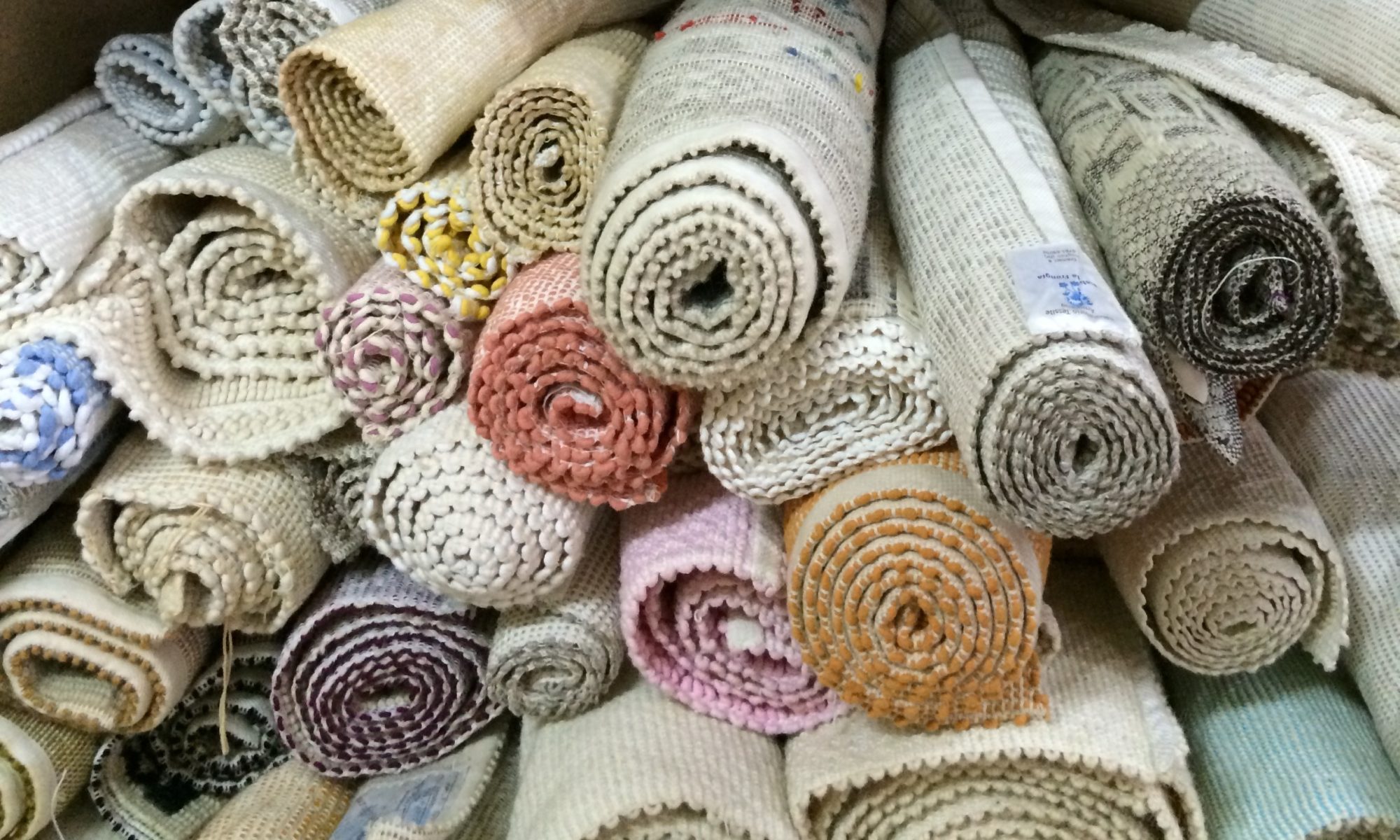Why is Sardinia a great place to vacation after you emerge from lockdown?
Beyond the usual reasons people flock to Sardinia for vacations — the natural beauty of the island, with its indescribable mountains, sea, and beaches; the incredible food, hospitality, and people; the unique traditions, arts, and culture; the warm, strong, intrepid people; and so much more about which I write elsewhere — there are seven health-related reasons is this relatively unknown island in the Mediterranean a perfect place to go for a post-lockdown vacation.
I’ll try to keep my descriptions brief!
Sardinia’s Legacy of Health and Longevity
Sardinia has one of the highest percentages of centurions in the world. Many Sardinians live happily, healthfully, and actively into their 100s. This is due to many factors, from an isolated genetic pool to the next factors mentioned — all of which contribute to the health of Sardinians — and their visitors!
Sardinia’s Food
The food in Sardinia is locally grown and prepared in traditional ways. While you may recognize the names of some of the dishes and their ingredients, the freshness, purity (forget the terms genetically-modified and factory-farmed), and care put into food means that what you eat — cheese from Sardinian sheep and goats; island-raised meat, wheat, pasta, seafood, vegetables, wine, and more — taste nothing like what you expect, or may have ever tasted.
My consistent experience of Sardinian food is that it’s delicious, and it makes my body (and tastebuds) happy — even when I eat things I would not/do not eat in the States.
The quality of the food and the love put into its raising, cultivation, and preparation is undoubtedly one of the key factors to the longevity and health of Sardinians — and you’ll be eating this same food while you’re on the island.
Sardinia’s Nature
Sardinian air is pure and carries the scent of whatever is in bloom at the season — the intoxicating scent of mirtillo is most associated with the island. If you are close enough to the sea, you’ll smell the Mediterranean; in the central part of the island; the air carries the clarity of the mountains, the high plains, or the valleys.
The mountains across the island range from hills similar to those in coastal California to peaks like those found in Colorado, all packed into an area the size of Vermont. The sun is Mediterranean, beautiful and bold, often shining, yet not exhausting and brutal — even fair-skinned, blue-eyed people such as myself tan rather than burn when in Sardinia.
The Sardinian sea is beautiful beyond compare, and the beaches are pristine. Dozens if not hundreds of Sardinian beaches meet rigid quality, sustainability, and cleanliness standards required of the Bandiera Blu designation.
There’s more to Sardinia’s nature and outdoors than mountains, sun, sea, and beaches — but I promised to keep this article brief! The natural beauty and purity of the island most certainly contribute to the health of Sardinians — and those of us who visit.
The Sardinian Way of Life
Sardinians love their island, one another, food, life, and living. They don’t hurry the minutes, hours, tasks, or pleasures of life. This is evident in everything they make and do, from their arts and festivals to their food and hospitality — and in their health and happiness. An unhurried life in which meals are prepared with love, eaten with family and friends, and the work one pursues is done with careful attention certainly contributes to the health and longevity of Sardinians — and influences our own for the better when we visit the island.
The Sardinian Mentality
The Sardinian mentality both manifests in and contributes to the Sardinian lifestyle. On one hand strong, stoic, and private, Sardinians are also warm, welcoming, and humorous. Patient, steadfast, and determined — sometimes called testardi, hard-headed — the Sardinians have maintained their ancient cultures, traditions, and ecosystems through centuries while still allowing select modern advantages to enhance their lives. Strength and persistence permeate Sardinia and are tangible in the nature, land, and lives of Sardinians — and rub off on those of us who visit.
Sardinia’s Isolation
As an island, Sardinia has been protected by the natural borders of the sea throughout history. While the island has been invaded at times by warring nations, the invaders have never persisted, and Sardinia has never really considered itself “conquered”. Even now, Sardinia is an independent region of Italy, much like Puerto Rico is to the United States.
This isolation has protected the cultures of Sardinia — rather ironically, a mix of cultures associated with peoples who invaded or were invaded by Sardinia — as well as the gene pool within the island from outside influences that could weaken the social or physical health of the island and her people.
During the pandemic, the island was relatively easy to isolate. Lockdown rules were very strictly enforced, both for residents and for those attempting to visit the island before and during the lockdown. The Polizia turned away planes and ferries full of visitors attempting to relocate to their second houses at the start of the lockdown and ticketed any locals violating isolation rules. The lockdown was so successful that Sardinia had relatively few cases of the virus. This has been good news to the Sardinians, as they wanted to ensure island would be be virus-free and support a 2020 tourist season — not just for the health of the Sardinian economy, but for the well-being of the visitors seeking relief from months of isolation.
Sardinia’s Sanitization Practices and Regulations
Even before the government issued regulations stating the regulations for restaurants, stores, beaches, hotels, and agriturismi (working farms that offer guest accommodations and restaurants serving their own home-made regional specialities), the proprietors were working to ensure facilities were cleaned and sanitized; staff would be trained in increased hygienic measures, and methods to maintain social distancing would be instituted.
In addition, Sardinian government officials anticipate a tourist entry plan that will require visitors to obtain a “health passport”, a document that certifies each person entering Sardinia tests negative for the Cornavirus. The testing and health passport/certificate will eliminate any requirement for quarantine for incoming visitors.
The tourist’s cost for taking the test will reimbursed by giving them coupons for free or reduced-cost services, such as hotel stays, entry to museums, tourist attractions, and so forth.
These measures are an extension of the care and graciousness Sardinian hosts extend for their guests’ comfort, enjoyment, safety, and health.
Summary
All in all, if you want to take a healthful vacation to restore yourself in body, mind, and spirit, my recommendation is that you visit Sardinia. I’ve spent much time on the island, and could write much more than I have above — but you need to feel it for yourself.
Here’s What YOU Can Do When You Visit
When you go to Sardinia, follow these guidelines for your own health, the health of others, and to be a conscientious traveler!
- Before you go, maintain your health! Don’t even start your trip when ill, if you recently recovered from being ill, or you think you might be on the verge of becoming ill.
- When traveling to Sardinia, maintain high preventative and cautionary health measures. Follow all airline, hotel, and other travel partner regulations. Wear masks, wash hands, don’t touch unnecessary objects, sanitize, dispose of trash responsibly, and so forth.
- When in Sardinia, follow all airport, hotel, restaurant, cafe, beach, travel, and local regulations. Be gracious when you’re stopped for spot-checks or asked to adhere to local regulations, health or otherwise. If you feel like you’re becoming ill, talk with your hosts, who can direct you to the local health providers and help you undertake any necessary testing and self-isolation. And remember that everyone, hosts and visitors alike, are working together to maintain health for everyone!
- In general, travel with openness, patience, and a sense of adventure. Remember that as a visitor, you probably won’t know local customs, so listen, watch, and educate yourself a bit about Sardinia before you go and while you are there so you can experience and enjoy more of the island.
I believe an open, positive mind supports a traveler, and most certainly supports our immune system and mental and physical health. Bring these qualities with you to Sardinia, and experience what the island offers in terms of health — and more!
© 2013 – 2025 Kelly Manjula Koza | All Rights Reserved

